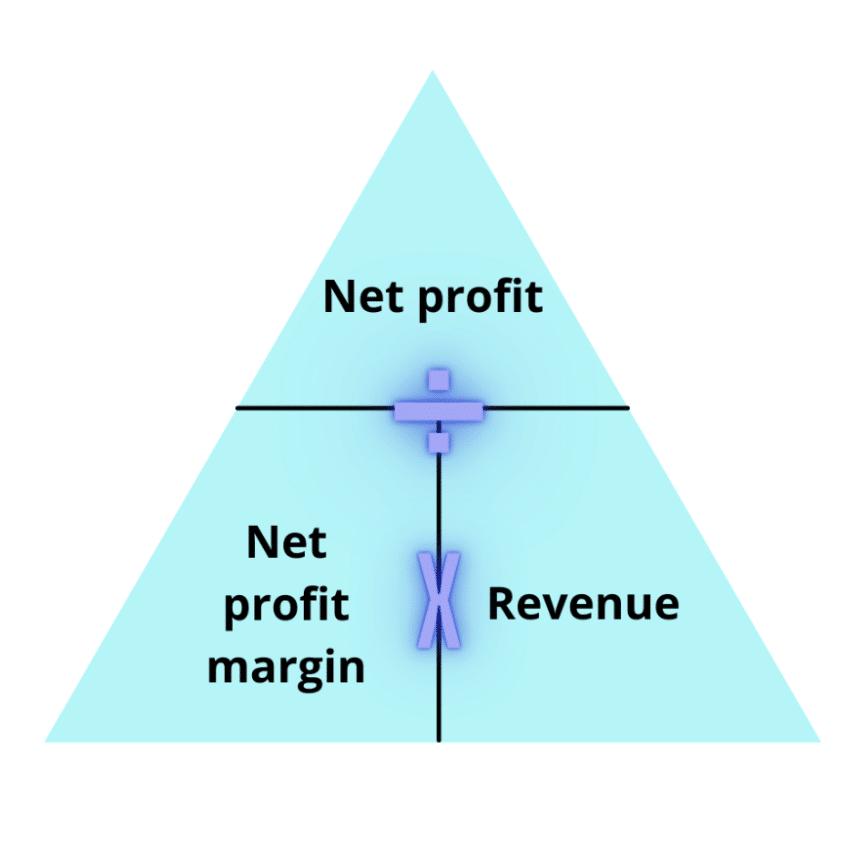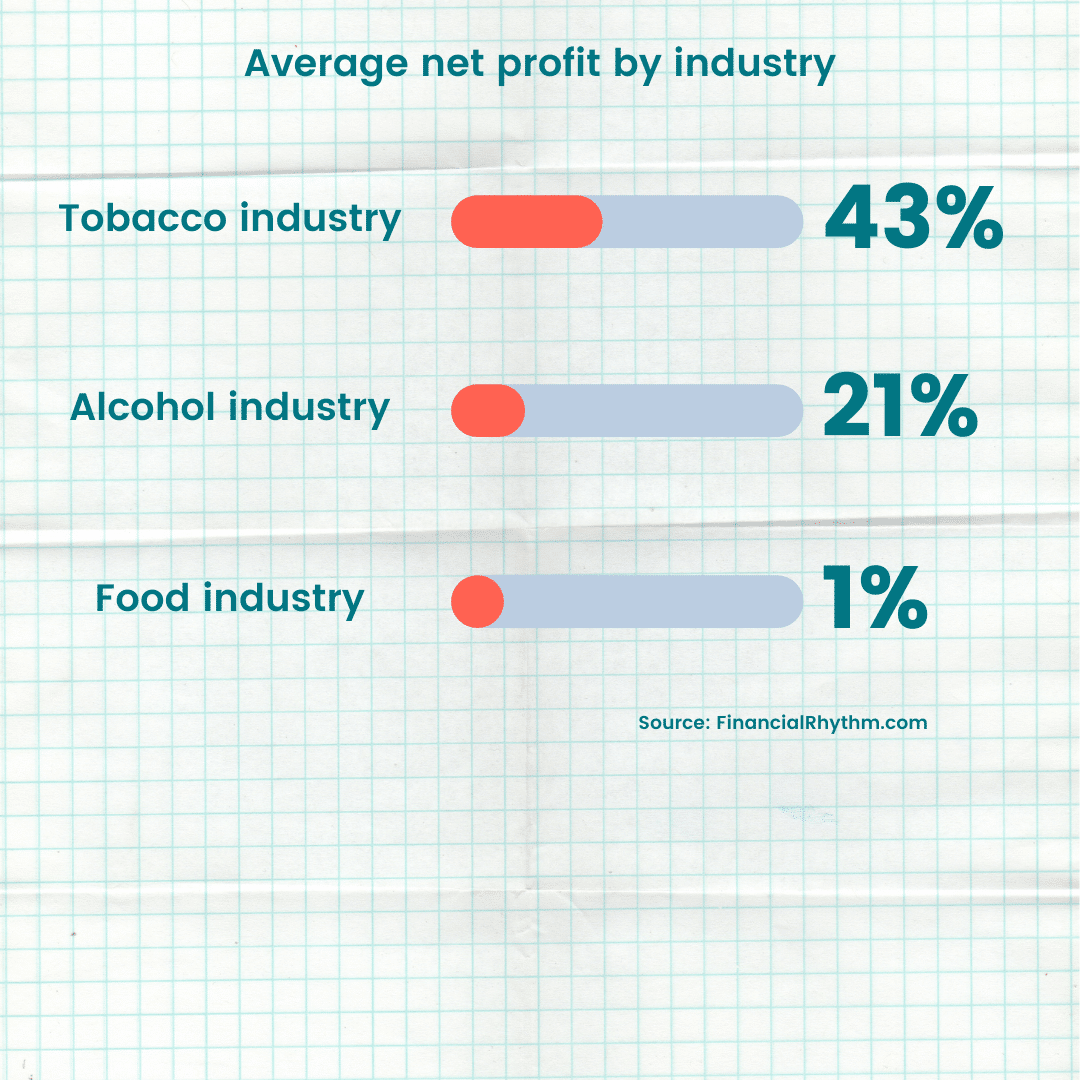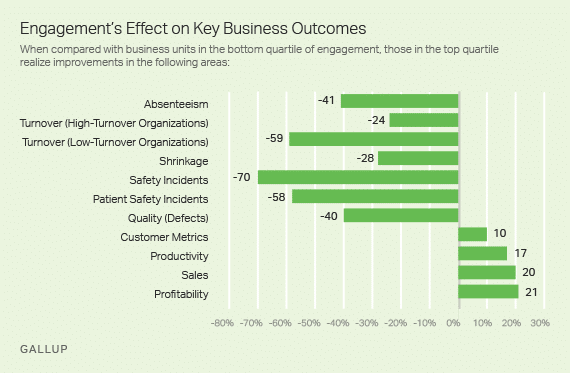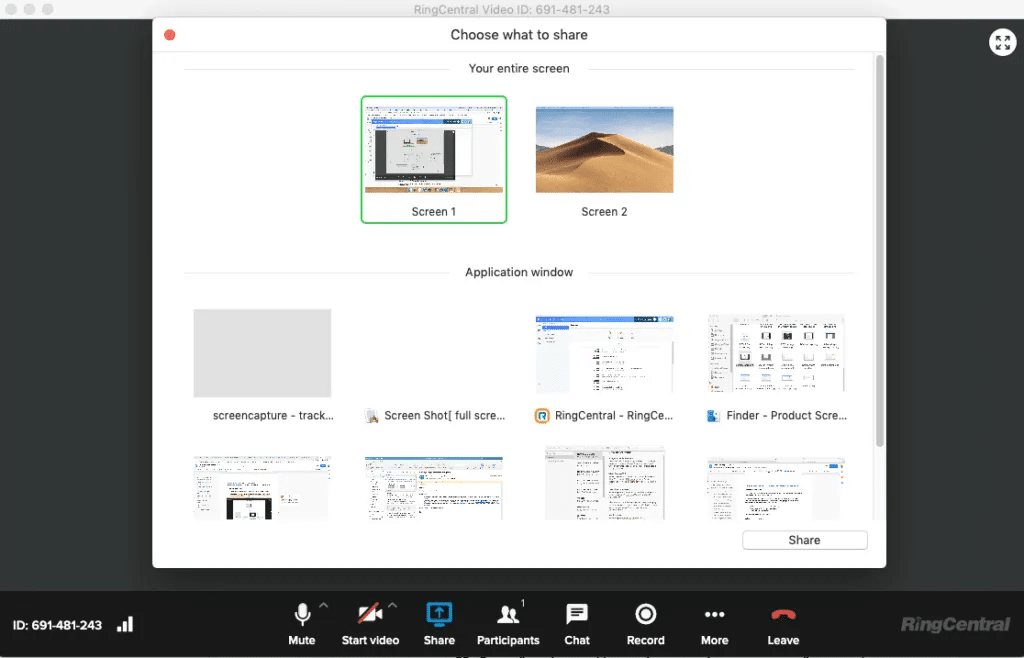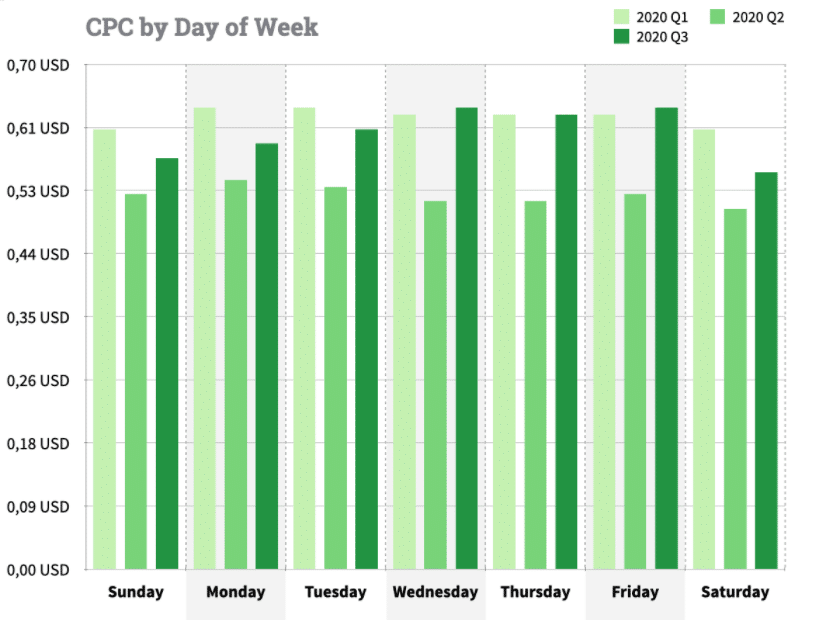For business owners, knowing what your profit margin is and how it affects your business is imperative: it’s one of the key financial metrics that tell you if your business can continue to function.
Almost all business models utilize profit margins as a measure of success, both for internal and external stakeholders.
Not only does a profit margin tell you the health of your business, especially when compared to others in the same industry, but it also opens your company up to apply for loans, if needed. Lenders aren’t often willing to invest unless you can show a solid profitability metric in a company valuation to reassure them.
We’re taking a deep dive into how to easily calculate the state of your business finances, and how to improve the ratio of profit.
What is a profit margin?
A profit margin is the percentage of profit a business makes after certain costs. There are several different types of profit margins, but the most commonly used one is net profit margin, also known as net profit margin ratio.
This calculates the overall, actual profit an organization has made after all other business expenses have been accounted for – staffing, research, tax, etc.
The profit margin calculation
You’ll already know that your net profit is all the money your business makes after you take out all your costs.
The formula to calculate profit margins from this stage is actually very simple – and uses some high school math while we’re at it:
X = (Y/Z) x100
Not a fan of algebra? This one’s simpler than it looks. What it really means is:
Net profit margin = net profit ÷ overall revenue x 100 (which just gives it to you in a handy percentage format).
Using this formula, you can work out any one of the three numbers, as long as you have the other two. A basic algebraic triangle can come in handy for visualizing this:
Image Created by Writer
So, if you know that your net profit is $100 and your revenue is $500, your calculation will look like this:
Net profit margin = ($100 ÷ $500) x 100
Net profit margin = 20%
If you know that your net profit margin is 20% and your net profit is $100, you can just reverse the formula to find your revenue:
Revenue = net profit margin ÷ net profit
Revenue = 20% ÷ $100
Revenue = $500
Typical industry margins
There are variations in what’s considered a good profit margin – across both industries and countries.
A ‘good’ profit margin ratio can depend on economic factors and product type, as well as the size of your business.
SMEs generally have lower operational costs than larger companies, and so their profit margin is larger – despite typically earning much less in terms of overall revenue.
As a general rule, a 5% profit margin is considered low, 10% average, and 20% good.
However, this can vary hugely – and it’s always worth doing some research into what your industry standard is before you start to compare your business’ profit margins to others’.
The tobacco industry, for example, has an average net profit margin of 43%, which would mean a 20% ratio wasn’t hitting the mark at all.
The alcohol industry fares pretty well, with an industry average net profit margin of 21%.
Conversely, the food industry has an average net profit margin of 1% – so a 10% margin would be considered great.
Improving your profit margin
It really is a simple formula – spend less, make more – but that doesn’t mean that improving your profit margin feels at all straightforward.
Oftentimes, businesses already feel like they’ve cut down to the basics to reduce overhead costs, and don’t want to invest money on the chance that it will improve their margins.
One of the easiest ways to improve profit margin is to systemise your business. Ever done that thing where you head off to the supermarket with no list and no plan, and somehow end up spending more money than you thought possible on groceries?
Systemising your business is kind of like having a shopping list to keep an eye on your business activities.
There are a wealth of benefits to it, not least that you’ll be able to spot any cash flow gaps before they become an issue because your company is a tightly run ship.
Another key advantage? You’ll have dedicated process templates for each task and role, which means that getting new employees up to speed or having someone cover for a colleague is a simple and quick process – saving you time and money in training hours.
It certainly isn’t the only way, though – some of our favorite tips are below.
Boost motivation
Did you know that by boosting employee motivation, businesses see on average a 21% increase in profitability?
That’s a good argument for investing in mentoring schemes, monthly pizza lunches, or summer Friday hours – even if it costs you a bit of cash to set up.
Chat to employees throughout your business to discover what would make them more engaged and excited about coming to work. Is it the possibility to progress their careers? More socializing opportunities?
There’s a good chance you’ll be able to find something that doesn’t cost the earth – but does have a significant impact on your bottom line.
Streamline workflows
Employee motivation is one of the key factors in how efficiently they work for your business. But you might well have employees who are motivated and raring to go – but are unable to perform at their best because their ability to get the work done is hampered by something external.
We all know that working remotely has its challenges, as well as its advantages. One of the pitfalls? Hiccups in the collaboration process.
Whilst some roles lend themselves to working solo, others rely on teamwork and feedback. Creative ideation brainstorms and final-touch advertising edits are just two that spring to mind.
It might be that you need to implement some new practices for a more collaborative video editing workflow, for example.
Even employees who work alone will need to attend meetings regularly – how else will they know where the rest of the team or department is heading? It’s important to choose the best video conferencing platform for your business.
One impact of a great video conferencing setup is that your employees won’t spend an hour in an endlessly buffering meeting that could have taken twenty minutes. Those remaining forty minutes of their time is time that could be spent increasing the revenue of the business.
Another factor is that several tools just aren’t suited to all businesses, and will cause frustration and delays as your employees have to use workarounds. The ability to send and archive large files, for example, could speed up the process immeasurably.
You could even look into workflow automation to free up team members for more important tasks.
Whether the role is answering customer service inquiries or designing marketing collateral, it never pays to waste time – so ensuring that your employees’ workflows are as seamless and streamlined as possible can be a good way of improving your profit margin.
Consider outsourcing
If you’re struggling to get through piles of work and balking at the idea of hiring multiple full-time staff to deal with it, it might be worth looking into outsourcing some of your work.
Freelancers are a great resource, and can be flexible to your needs: you won’t end up paying a full-time wage if they’re not doing full-time work.
There’s also the option of working with agencies or businesses whose entire purpose is to provide you with a part-time team. Try looking into outbound call centers companies to help you reach your call center service levels standards. These companies can provide a seamless service for a fraction of the cost of hiring a whole internal team.
There are marketing agencies that specialize in small businesses and who provide all the benefits of a whole team for as little as a day a week.
Outsourcing some work could be a way to make sure it gets done to boost that revenue without hiring unnecessarily.
Check the quality of your leads
In any kind of business that relies on generating sales leads, you have an opportunity to increase your profit margin by really nailing that customer niche.
If you’re sending out countless ads into the social media abyss – or worse, buying email addresses – you’re not focusing on your target audience. Any leads you do get out of this process are likely to be hit-or-miss, and your ROI will plummet.
Employing a process like web scraping can really help you narrow down which segments you should be directing your marketing at. It can feel counterintuitive to send out fewer messages – but if your targeting works and your conversion rate goes up, you’ve just increased revenue whilst decreasing overall spend.
That is a win in the profit margin stakes!
We’d also recommend looking into Facebook ads cost and how you can spend less money for more results on the platform.
Scrutinize your user experience
From the moment a customer finds your brand through to a (hopefully) long-lasting relationship with your company, your user experience must be impeccable.
Maybe you could optimize your social feeds to draw more customers in or revamp the FAQ section of your site.
Actually, if you’re an eCommerce business, this tip is especially crucial: ensure that your website is functioning smoothly and allowing potential customers to reach checkout without any unnecessary hurdles in their paths.
One way to do this is to map out the customer journey and take it yourself from start to finish. Is it hard to find information about shipping policies? Is your shipping as efficient as it could be?
eCommerce site or not, it might be a good idea to look at the content you’re sharing on your page. There are plenty of different types of content format, and some will be more attractive to your audience than others.
Site content is a great – and free – way to share ideas with your customers. Whether it’s helpful product how-to blogs or whitepapers designed to present your brand as a thought leader in the market, content can contribute greatly to the overall user experience.
Thinking about the user experience should also include UX accessibility. Not only will it mean that your site is easy to navigate for all users, but it should also boost your SEO.
Perform a program audit
Just as you need a site audit, it might well be worth running a program audit as well.
Have a look over all the programs your company currently pays for. Chances are, one or more of them is either chronically underused or could be found elsewhere for less – especially when features are amalgamated in one app.
Are you paying for separate messaging apps and video calling when they could easily be combined under one video conferencing software?
Are you overpaying for features you don’t use when you could downgrade to a cheaper or even free version of the same program?
Be strict with product quality
Last but certainly not least, it’s time to get brutal about which products or services deserve a place on your (possibly metaphorical) shelves.
If you have an underperforming product, it’s likely costing you in terms of profit margin: you’re accruing direct product costs, while customers just aren’t buying.
This single product in your lineup can also take away from your product offering. You want to wow customers with quality products – and have them coming back time after time. If there’s one that gives them a bad impression, they’re less likely to return to try out your other goods – even if you have a compelling product on offer.
That said, don’t cut costs on raw materials whilst maintaining sale price just to improve your profit margin. If customers want cheap products, they’ll seek them out – but if you’re pricing as if you are offering a quality product, they will expect to receive one.
You could even try implementing some affordable customer appreciation processes to see if that increases brand loyalty.
From calculating to improving your net profit margin
Once you know how to analyze your business financials to figure out your net profit margin, you can start taking simple steps to optimize business activities for an improved margin.
This is by no means an exhaustive list and – of course – metrics vary by industry and situation.
Will you implement any of these tricks into your business strategy?


